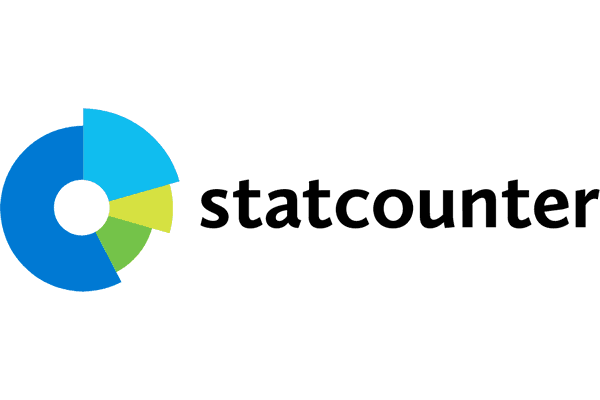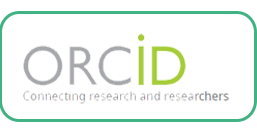STUDENTS’ PERCEPTION ON THE USE OF DUOLINGO APPLICATION IN LEARNING ENGLISH DURING COVID-19
Abstract
This research aims to find out how students' perception of the use of Duolingo application in learning English. This research was conducted in SMP Swasta IT Al-Fattah Desa Lama. A qualitative method was used for this research and there were 20 students in the ninth class as the sample of this research. In collecting the data, this research used a questionnaire and interview. The findings took the result that most students agree and gave a positive response than the negative one of the use of Duolingo application in learning English during Covid-19. Duolingo application gave the benefits and contribution to both the students and teachers in learning English. 1) This application made the students feel enjoyable in learning English and made the learning process became fun during this Covid 19 pandemic; 2) This application gave a significant impact and increased students' knowledge and improved their English during this Covid 19 pandemic; 3) Using this application, the students had a chance to improve their English whenever they want to learn it. The conclusion could be taken that the students had positive responses and perceptions in using Duolingo application for learning English.
Keywords
Full Text:
PDFReferences
Achituv, G. R., & J, R. G. (2017). Learning Foreign Languages Using Mobile Applica-tions. Journal of Information Technology Education: Research , 301-317.
Arikunto, S. (2002). Prosedur Penelitian: Suatu Pendekatan Praktek. Jakarta: PT. Rineka Cipta.
Bilican, S., Kutlu, O., & Yildrim, O. (2012). The Factors that Predict the Frequency of Activities Developing Students' Listening Comprehension Skills. Procedia Social and Behavioral Sciences, 5219-5224.
Crystal, D. (2003). English as A Global Language. United States: Cambridge University Press.
Daulay, S. H. (2019). Langauge and Society . Medan: Lembaga Peduli Pengembangan Pendidikan Masyarakat.
Daulay, S. H, et. all. (2021). The Effectiveness of Beyond Centre and Circle Time Method on the Students' Vocabulary Mastery. Paedagoria : Jurnal Kajian, Pendidikan dan Pengembangan Kependidikan , 69-74.
Jakosva, V. "Duolingo as a New Language-Learning Website and Its Contribution E-learning Education", Master Thesis of Masarykova University, Czech Republic, 2014, Unpublished.
Linuma, M. (2016). Learning and Teaching with Technology in the Knowledge Society New Literacy, Collaboration and Digital Content. Tokyo: SpringerBriefs.
Meleong, L. J. (2002). Metodologi Penelitian Kualitatif. Bandung: Remaja Rosda Karya.
Merriam Webster’s Collegiat Dictionary (10th ed). (1993). (Springfeld, MA: Merriam-Webster)
Miles, Matthew B & Michael Huberman. (1994). Qualitative Data Analysis: An Expanded Sourcebook. Second Edition. housand Oask: SAGE Publications.
Miles, M. B., Huberman, A. M., & Saldana, J. (2014). Qualitative Data Analysis; A Methods Sourcebook, Third Edition. Thousand Oaks: SAGE Publications.
P, M. (2016). The Case for Using Duolingo as Part of the Language Classroom Experience. Revista Iberoamericana De Educacion a Distancia , 83-101.
Rahmanita, M., & Mukminatien, N. (2019). Teaching English as A Foreign Language: Making Use of Spontaneus Language. Jurnal Pendidikan /Humaniora , 26-29.
Ramli, M. (2012). Media dan Teknologi Pembelajaran. Banjarmasin: IAIN Antasari Press.
Sadiman, et. al. (2009). Media Pendidikan: Pengertian, Pengembangan dan Pemenfaatannya. Jakarta: Rajawali Press.
Silmi, M. R. (2019). Persepsi Mahasiswa Terhadap Duolingo sebagai Media untuk Belajar Bahasa Inggris. Telaga Bahasa , 231-240.
Soko, Hyasintha Lusia. "Teachers’ Perceptions of English Langauge Teaching Media", Thesis of Shanata Dharma University, Yogyakarta, 2017, Unpublished
Sudjana. (2001). Metode Statistika. Bandung: CV. Tarsito.
Sukiman. (2012). Pengembangan Media Pembelajaran. Yogyakarta: PT Pustaka Intan Madani.
Sulaeman, A. H. (1985). Media Audio Visual untuk Pengajaran, Penerangan, dan Penyuluhan. Jakarta: PT.Gramedia
DOI: http://dx.doi.org/10.30829/vis.v18i2.1445
Refbacks
- There are currently no refbacks.
Copyright (c) 2022 VISION
















